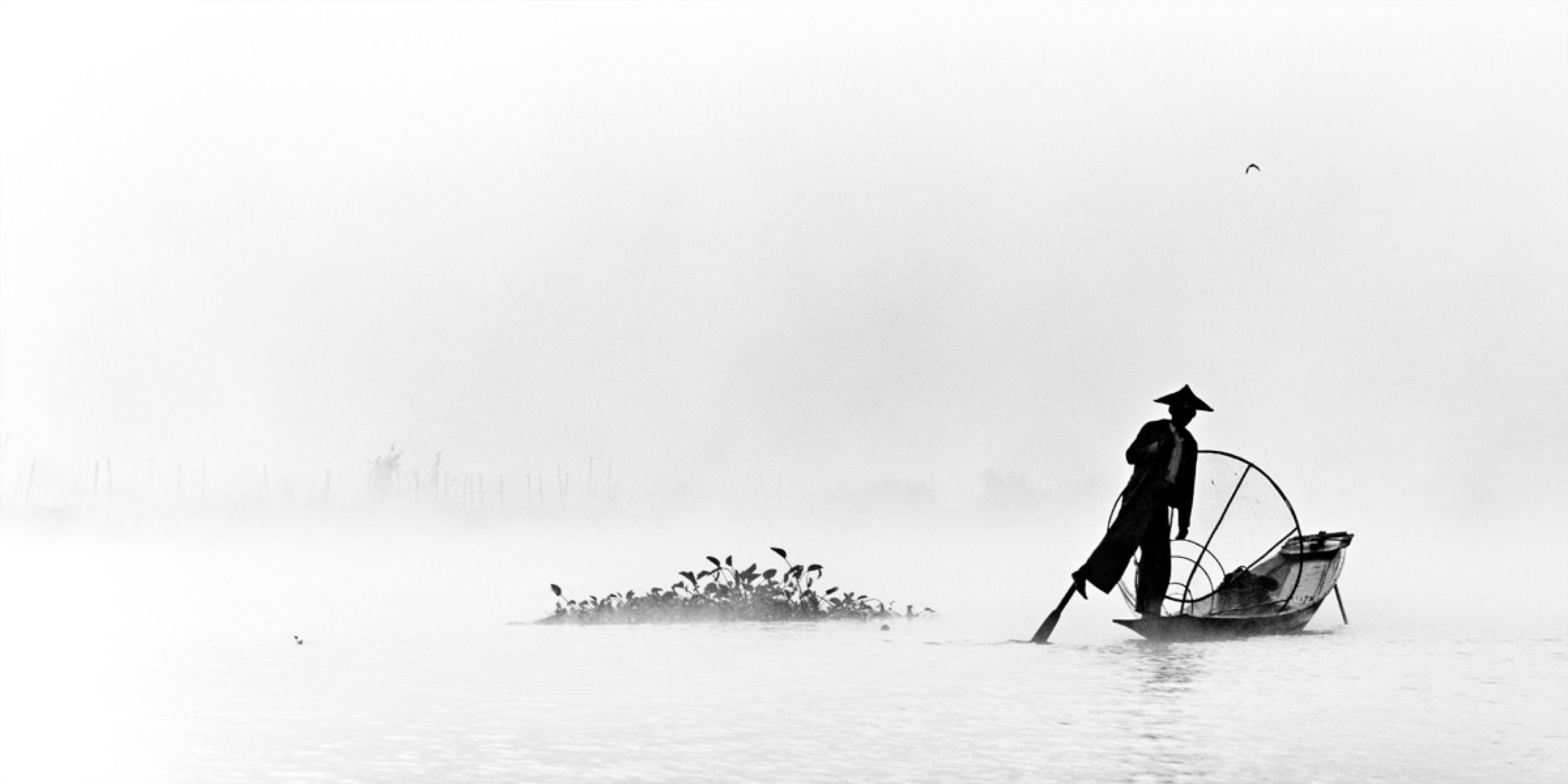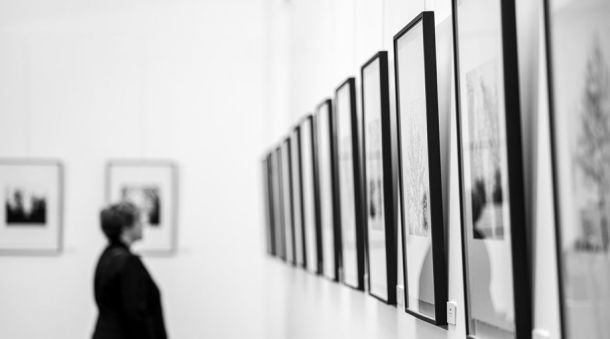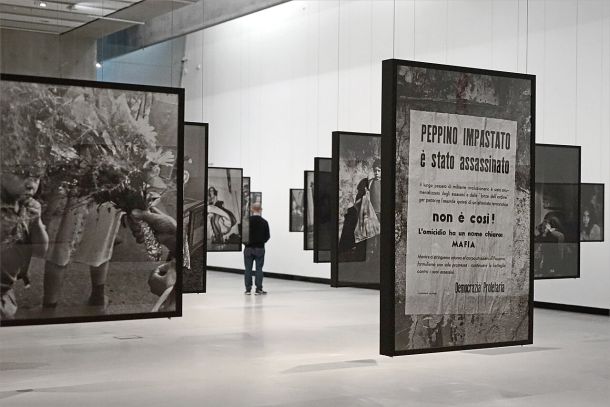Buy Fine Art Photography Online: Pitfalls to Avoid When Building Your Collection

Intha fisherman– Photo : © Pierre Chancy
The fine art photography market holds many surprises for those who venture into it without proper preparation. Buying fine art photography online has become convenient and accessible, but distinguishing an authentic work from a counterfeit requires close attention to certain important details. Between limited editions that enhance rarity and authenticity that ensures investment value, it is essential to be aware of the pitfalls awaiting both novice and experienced collectors.
Table of Contents
- Verify the Authenticity of the Artwork
- Consider the Edition
- Transaction Transparency
- Importance of the Certificate of Authenticity
- Verify the Description
- Securing Your Purchases
- Artwork Condition
- Shipping and Return Conditions
- Knowing the Artist
- Beware of Counterfeits
- Comparison
Verify the Authenticity of the Artwork
The certificate of authenticity is the key document to ensure the value of a fine art photograph. This document follows the work throughout its lifetime and becomes essential for resale or insurance purposes. For a print to be considered a work of art under tax law, it must be signed and numbered within a limit of 30 prints.
Carefully examine the signatures and edition numbers when purchasing a limited-edition fine art photograph. The artist’s signature should appear in the margin, accompanied by the edition number and the title of the work. These are the primary indicators of the print’s authenticity and its value on the art market.
Consider the Edition
The value of limited edition fine art photographs is directly linked to the number of existing copies. The smaller the edition, the more valuable and rare the work becomes in the market. In France, a photograph must not exceed 30 editions across all formats to qualify as a work of art for tax purposes.
Understanding the different types of editions helps you make an informed decision when purchasing. A limited edition print, signed and numbered by the artist, holds significantly more artistic and commercial value than an open edition, which is generally considered a poster. For a smart investment, closely examine the numbering, which shows the print’s position in the series as well as the total number of planned prints.
| Print Type | Characteristics | Impact on Value |
|---|---|---|
| Limited Edition | Limited number of copies (max 30 by French law), signed and numbered. | Higher value, attracts collectors. Reduced VAT possible (5.5% in France). |
| Open Edition | Unlimited number of copies. | Considered a poster, low commercial value. |
To further explore how to invest in art prints, consult our ultimate guide for informed investment. It offers additional advice on long-term value factors and how to build a coherent photography collection.
Documents and Guarantees to Request When Buying Fine Art Photography
Here are the essential documents and guarantees to request when purchasing fine art photography:
- Request a certificate of authenticity signed by the artist or an expert.
- Check the information on copyright and usage rights.
- Ensure the limited edition guarantee of the print.
- Get a detailed invoice including the seller’s contact details.
These verifications will ensure a transparent and secure transaction.
Proper preservation of authenticity documents plays an important role in protecting your investment in fine art photography. A good practice is to store these certificates in a dry place, away from direct sunlight, and to create a digital copy for extra security. Insurance companies usually require these documents to cover your art in the event of a claim.
Importance of the Certificate of Authenticity
Role of the Certificate in the Valuation and Traceability of the Photographic Work
The certificate of authenticity is a fundamental document that attests to the origin and contributes to the market value of the work. It guarantees traceability throughout the life of the work, from initial purchase to future resales. This official document also enables photography to be insured by companies that require it to issue a policy.
Differences Between Certificates Issued by the Artist, the Gallery, or a Fine Art Photography Expert
Certificates issued by the artist typically carry the highest level of trust in the art market, as they directly confirm authorship. Art galleries may also issue valid certificates, particularly when they officially represent the artist and manage the print production. Independent experts provide additional validation thanks to their professional assessment, especially for works by deceased photographers.
| Certificate Source | Characteristics | Value |
|---|---|---|
| Issued by the Artist | Original signature, sometimes hologram, precise technical details | Very high, direct proof of authenticity |
| Issued by the Gallery | Official letterhead, stamp, edition details | High if the gallery is recognized and officially represents the artist |
| Issued by an Expert | Detailed analysis, bibliographic references, comparisons | Valuable for vintage works or by deceased artists |
Verify the Description
Importance of Thorough Description Analysis on Photography Sales Platforms
Carefully analyzing technical descriptions is crucial before purchasing fine art photography online. The technical terminology used in the description often reflects the seller’s professionalism and the quality of the artwork.
Validating the “Authentication” Section and Alternatives When the Certificate Is Unavailable
If a certificate of authenticity is missing, other elements can help verify a photograph’s origin. Platforms like ARTcertificate may provide additional images from the artist that build a visual database of their work.
The seller’s reputation and sales history then become important factors in assessing authenticity. Look for information about the photo’s provenance, exhibitions it has been part of, and compare it with other known works by the artist. The art of visual storytelling in fine art photography can also help you better understand the artist’s approach and authenticate their work.
Securing Your Purchases
To identify reliable online platforms for purchasing fine art photography, carefully review the legal notices and complete contact details of the seller. Websites based in France or Europe offer greater protection thanks to stricter regulations. A serious platform always provides detailed general terms and precise artwork descriptions, including technique, format, and provenance.
Here are the red flags to watch out for when buying fine art photography:
- Beware of offers that seem too good to be true or abnormally low prices.
- Watch out for grammatical mistakes and lack of legal mentions.
- Check the image quality and avoid unusual payment requests.
- Be cautious of suspicious changes and contacts made through social media.
Vigilance is essential to avoid fraud in your purchases.
To protect your personal data when purchasing fine art photography, choose sites that use the HTTPS protocol for secure transactions. Opt for recognized and secure payment methods instead of unusual options offered by the seller. If contacted via social media, continue the conversation via email to maintain a full communication history.
Artwork Condition
Techniques for Assessing the Condition of Fine Art Photography from Online Images
Evaluating the condition of fine art photography online requires careful attention to visible details in the images provided. Closely inspect the corners and edges of the photo for any tears or creases that might reduce its value. Also look at the lighter areas to check for stains or signs of fading that could indicate conservation issues.
Relevant Questions to Ask the Seller Regarding the Photograph’s Conservation and Condition
Inquire about the storage conditions of the photograph, such as whether it has been kept in a temperature- and humidity-controlled environment. Ask for details on any restorations or retouching done to the artwork, as well as the archival materials used for its framing. Also, find out how much light exposure the piece has undergone, as this can impact its longevity.
Shipping and Return Conditions
Proper packaging of fine art photography is crucial to avoid damage during transport. Reputable sellers use shock-resistant materials with internal padding to prevent friction. For large or particularly fragile works, demand custom crates specifically designed for art transportation.
When purchasing high-value photography, opt for “nail-to-nail” insurance, which covers the artwork from its departure point to its arrival. This coverage should include theft, vandalism, and physical damage during transit. Ensure the policy also covers potential depreciation of the artwork in case of damage—an often overlooked aspect by buyers.
Before finalizing your online art purchase, carefully check the return conditions offered by the seller. The standard withdrawal period should allow you to inspect the artwork upon receipt and verify that it matches the description. Refund terms must be clearly stated, including reimbursement of initial shipping fees if a defect is found in the print.
Knowing the Artist
The value of fine art photography depends greatly on the artist’s reputation. Before any purchase, take the time to research the photographer’s career and market standing. Renowned artists generally have regular exhibitions, publications, and sometimes awards that strengthen their market value. To assess a work’s potential value, consult online indexes like Artprice or Artnet that list past sales.
Pay special attention to the legitimacy of galleries representing a photographer. A genuine relationship between artist and gallery is often shown by the direct provenance of the work from the artist’s studio. Explore the secrets of minimalist fine art photography to better understand the artistic approaches that influence a photograph’s value.
Beware of Counterfeits
There are several signs that may reveal a counterfeit photographic artwork. Scrutinize the finishing for imperfections, especially around signatures that appear awkward or too perfect. Vague or inconsistent technical descriptions are also clear red flags. Print quality is a reliable indicator of authenticity, as counterfeits often use lower-quality paper and ink.
Unusually low prices for signed photographs by renowned artists should immediately raise concerns. An 80% discount on a well-known photographer’s work does not reflect the reality of the art market. Always compare listed prices with those in galleries or recent auction sales. The artistic value of quality photography is reflected in its price, especially for limited editions that retain their rarity.
Comparison
Choosing the right fine art photograph depends on your expectations as a collector and your available budget. Limited editions, though more expensive, offer coveted exclusivity for seasoned collectors and often make for better long-term investments. Open editions, more accessible for beginners, allow the acquisition of works by talented photographers without a significant initial investment, but their value tends to remain stable. For collectors on a tighter budget, small-format limited editions provide an excellent compromise between artistic quality and reasonable price. Meanwhile, those with greater means might consider large-format or vintage prints signed by recognized photographers with established market value.
| Criterion | Description | Importance |
|---|---|---|
| Certificate of Authenticity | Document proving the origin and authenticity of the work. Includes the artist’s name, title, date, dimensions, and medium. | Essential for value and traceability. |
| Signature and Numbering | Artist’s signature and edition number (e.g., 1/10). | Confirms authenticity and limited edition status. |
| Print Quality | Resolution, pixel count, ink, paper, weight, texture. | Determines visual quality and longevity of the artwork. |
| Provenance | Work history, exhibitions, galleries. | Adds value and credibility. |
| Artist Reputation | Exhibitions, publications, awards, institutional acquisitions. | Influences the value and demand for the artwork. |
This summary table helps you objectively assess fine art photographs before making a purchase. Use these criteria as a checklist to compare different options and ensure the quality and authenticity of your acquisition.
The process of purchasing fine art photography online requires vigilance and knowledge to avoid pitfalls. Always verify authenticity, examine edition numbers, and favor reputable platforms that offer clear guarantees. With these precautions, your collection will grow with authentic works whose value may increase over time.



